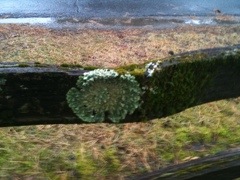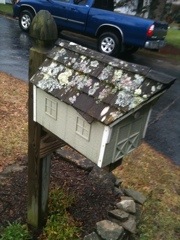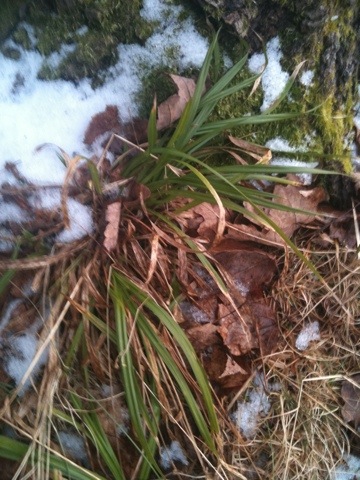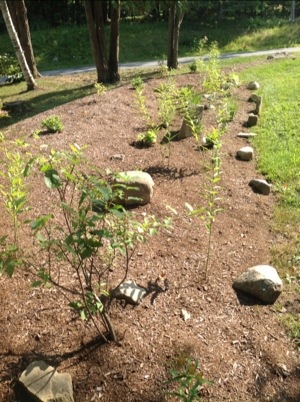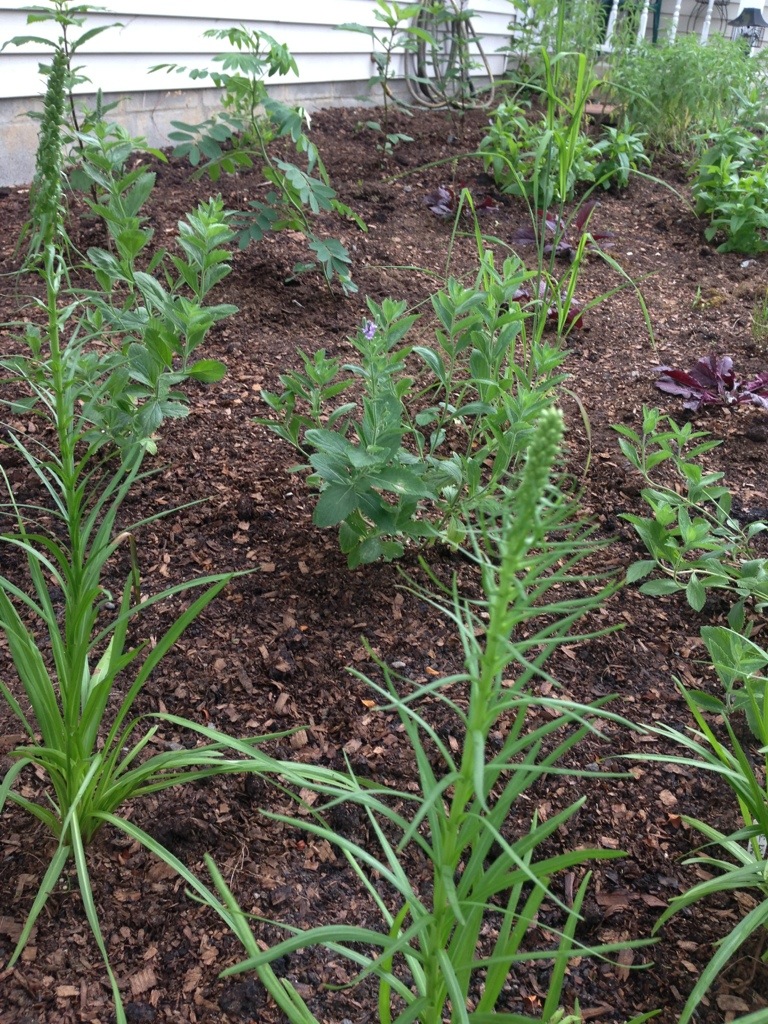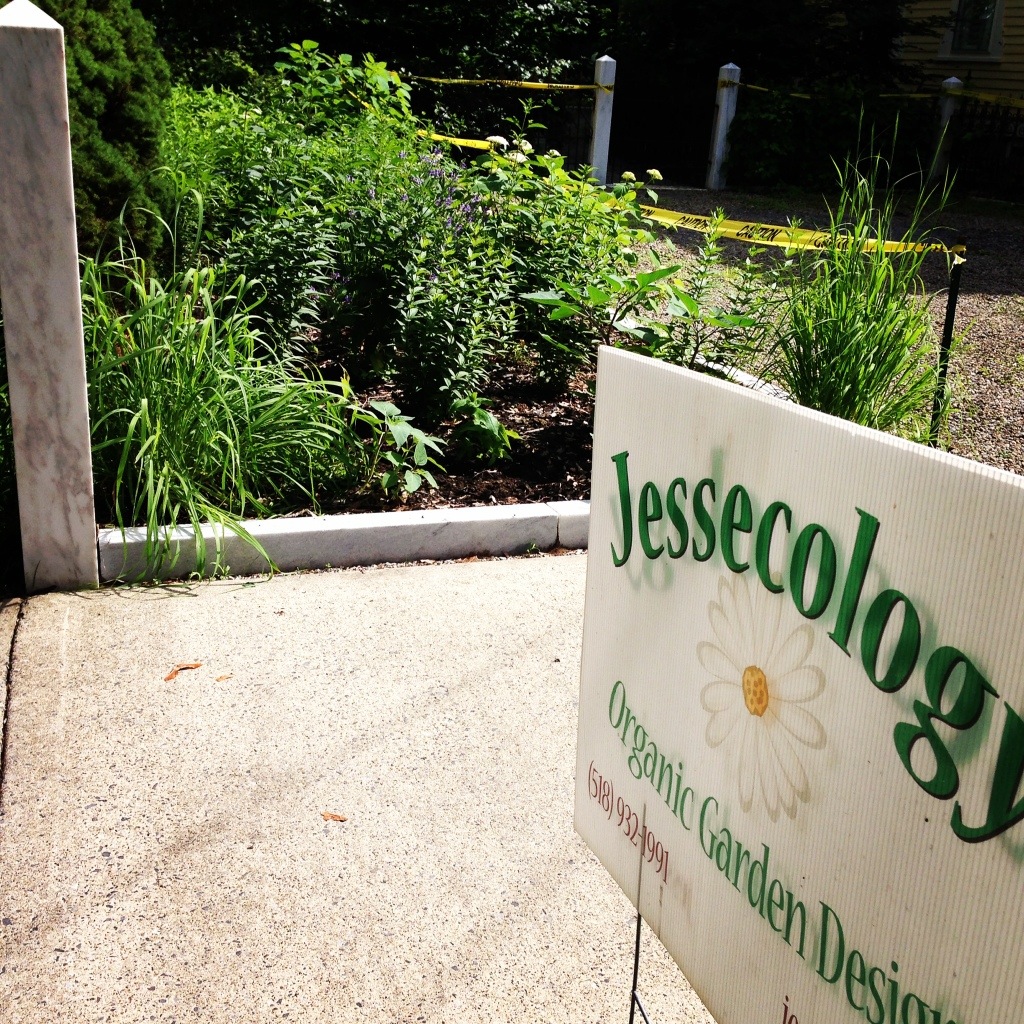Indicator Species: an ecology lesson.
The ecology concept of indicator plant species is one that deserves to be better known. These are plants that exist only if certain environmental conditions are met. This is an Ecology principle, and one that expands the reaches of the physical world’s atmosphere for the person who comprehends it. Understanding keystone ecology principles like indicator species allows the educated person to directly interpret the natural world. Most modern people will live out their entire lifecycle oblivious to these clues.
Indicator Species: What are they?
Brittanica defines indicator species as an: “organism—often a microorganism or a plant—that serves as a measure of the environmental conditions that exist in a given locale. For example, greasewood indicates saline soil; mosses often indicate acid soil. Tubifex worms indicate oxygen-poor and stagnant water unfit to drink. The presence of certain species of plants suggests how well other species might grow in the same place.”
About Lichens + Indication.
Lichens are abundant in our region, and that’s a positive environmental health indicator. These entities are a delicate balance of two separate organisms living symbiotically as one being: algae and a fungus team up to form a lichen. Which become, “indicator plants,” because this intricate symbiosis is only possible in ecosystems with pure air quality, like here in the Capital Region of NYS.
In more urban ecosystems, where there’s lots of car exhaust pollution, lichens just don’t form.
Sedge, or Carex + Indication.
Another indicator plant category is found within the Carex family: certain species of Sedges indicate standing water during part of the year. Sedge can look like plain, ordinary grass. The unique feature of some Sedges, however, is that they indicate standing water. That is- at some point during the year, in order for these Sedges to survive, there must be water sitting for a duration of days or more, or the wetland loving Sedges won’t continue to live.
There are many species that are picky or needy about specific ecological requirements. The trick for us is being able to decode the physical world’s secrets. Only then can we read what these species are telling us about our environment. A surprise occurs as a budding ecologist learns more and more about the process of succession. Regarding indicator species, the only real surprise seems to be how true to form the patterns consistently persist. And so, it is perhaps a case of seeing things with new eyes.


